
Assessing RV Propane Tanks: ASME Tank Rundown
RV Lifestyle & Repair EditorsOn most motor homes or RVs, the ASME tank or, in layman’s terms, the RV propane tank, is responsible for fueling a number of your vehicle’s most important appliances, including the oven, stovetop burners, water heater, furnace and refrigerator. Because propane gas is required to power so many of the components you use on a daily basis when you’re touring the country in your RV, it’s important to know at least a little bit about the makeup of and proper maintenance procedures required for a standard RV propane tank in an ASME system.
To help you get to know your RV propane tank, Dave Solberg pulls back the cover on his demo vehicle’s ASME tank and discusses some expert tips for maintenance and filling that will apply to any model. He highlights a few of the important aspects of the typical RV propane tank that you should consider when taking it to your nearest certified fill station for safe filling and when monitoring it while out on the road.
What to consider when filling your RV propane tank
Dave begins the fill and maintenance process by walking you through the components on the outside of the tank, which can usually be found permanently mounted on the passenger side of your vehicle. Follow each step of the process and you’ll ensure your tank lasts forever!
One thing you should pay attention to on your RV propane tank is the proper fill level. Due to the fact that propane expands at hotter temperatures once inside the tank, OPD valves on ASME tanks only allow you to fill up to 80 percent of the total provided capacity. Tanks should only be filled by professional technicians at certified stations, where they are filled by the gallon since the tank cannot be removed to weigh it.
It’s important to note that while they are filled by the gallon, propane tanks are designated by pounds. However, trailer-mounted propane tanks are typically removed and filled by pounds as they are weighed on a scale. Propane weighs 4.2 lbs per gallon, thus an 80lb ASME tank on a motorhome could hold up to 19 gallons, however the OPD valve limits it to 80 percent, which would be approximately 15 gallons.
Additionally, users should make a note of the fact that RV propane tank covers and doors do not have locks in the event of an emergency. Located on the passenger side of the vehicle and permanently mounted to the frame of the RV, you don’t want to have to fiddle around with keys in response to a time-sensitive issue. If you have any questions about your particular model, be sure to refer to the user manual or an expert at your fill station.
Other things to keep in mind
In addition to fill limits, Dave introduces a few other aspects of ASME tank maintenance that you should consider. He teaches you the proper way to utilize the propane tank monitor on the inside of your vehicle, which allows you to keep an eye on your fill level.
Furthermore, he explains why it’s so important to turn off all pilot lights for appliances such as refrigerators, furnaces and water heaters when taking your vehicle to a certified fill station. A certified technician will almost certainly check to see you’ve done so prior to filling your tank, but it’s always recommended that you take care of this step prior to heading for the station.
And that should just about do it! Remember Dave’s expert advice for maintaining your RV’s ASME tank, and you’ll guarantee that your propane is in proper working order and you won’t run into any issues when you least expect it!
Explore videos by RV Lifestyle & Repair Editors
Premium Membership
Unlock exclusive member content from our industry experts.
- 24/7 Access to Premium RV Maintenance Videos, Travel Inspiration, and Lifestyle Tips
- Step-by-Step Instructional Demos, Projects, and Guides
- 50% Off Video Downloads Purchased in the RV Lifestyle & Repair Shop
- Access to Ask the Expert Program
Unlock exclusive member content from our industry experts.
- 24/7 Access to Premium RV Maintenance Videos, Travel Inspiration, and Lifestyle Tips
- Step-by-Step Instructional Demos, Projects, and Guides
- 2 Full-Length Video Downloads to Watch Offline
- 50% Off Video Downloads Purchased in the RV Lifestyle & Repair Shop
- Access to Ask the Expert Program
Gold Membership
$333 Value
Get everything included in Premium plus exclusive Gold Membership benefits.
- 24/7 Access to Premium RV Maintenance Videos, Travel Inspiration, and Lifestyle Tips
- Step-by-Step Instructional Demos, Projects, and Guides
- 9 Full-Length Video Downloads to Watch Offline
- 2 Full-Length RV Repair Classes to Keep for Life
- Discounts on Purchase-to-Own Content in the RV Lifestyle & Repair Shop
- Access to Ask the Expert Program
- Exclusive GOLD LIVE Streaming Events
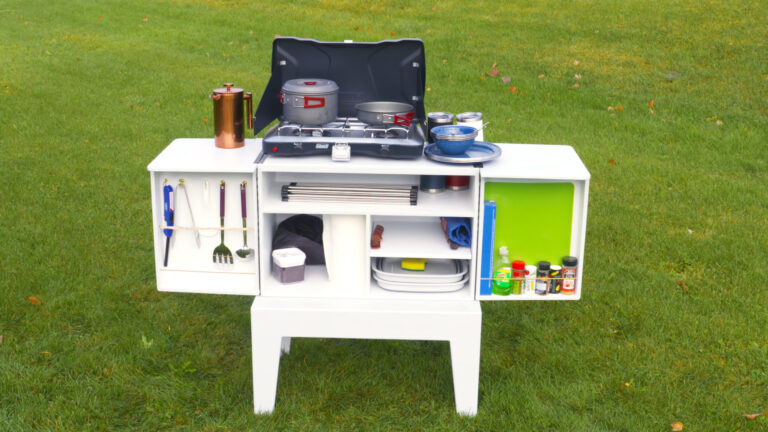
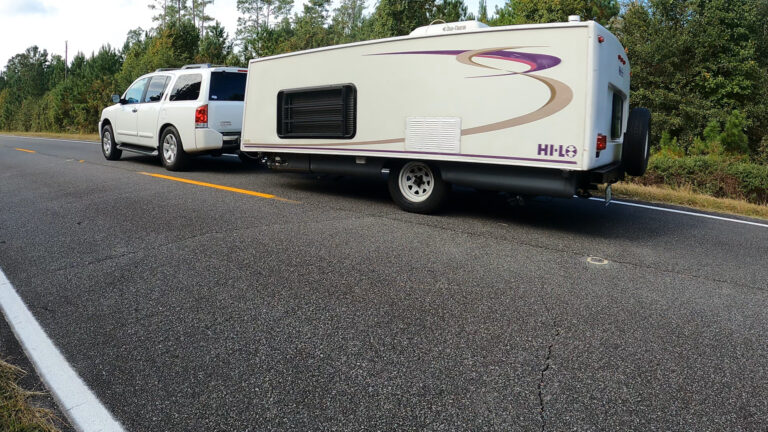
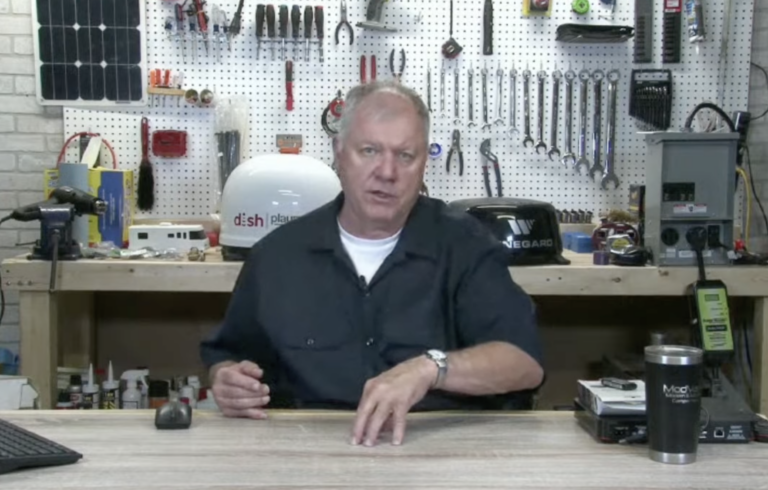
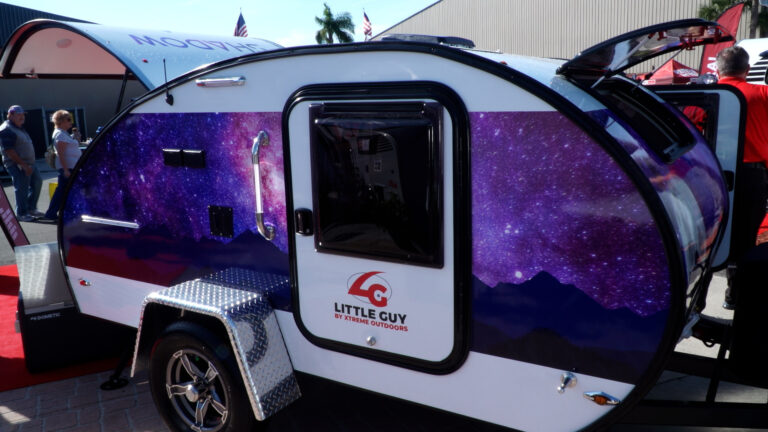
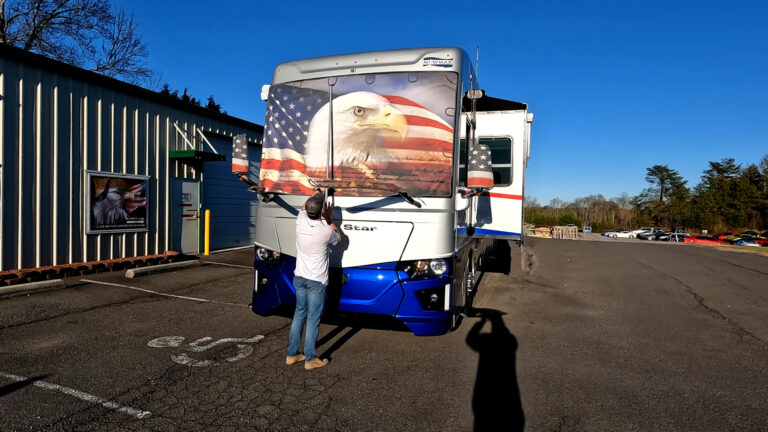
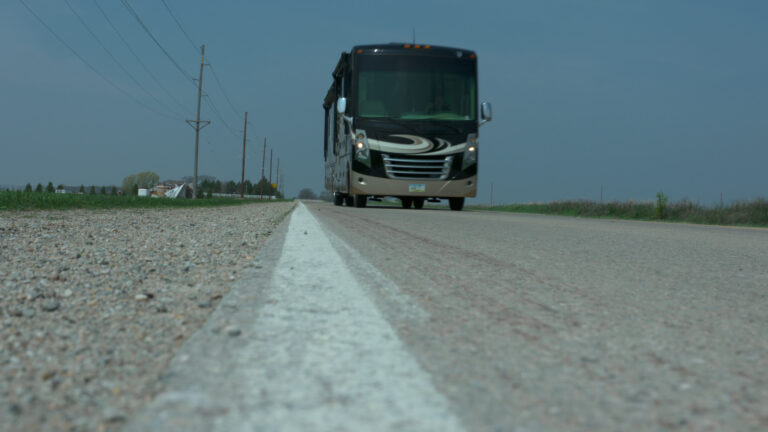
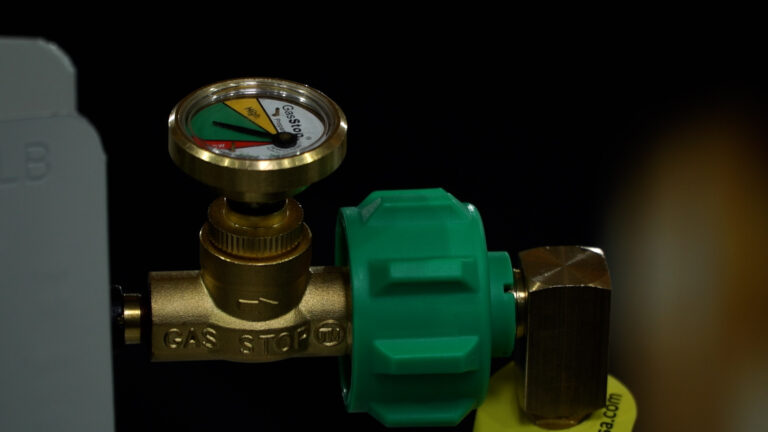



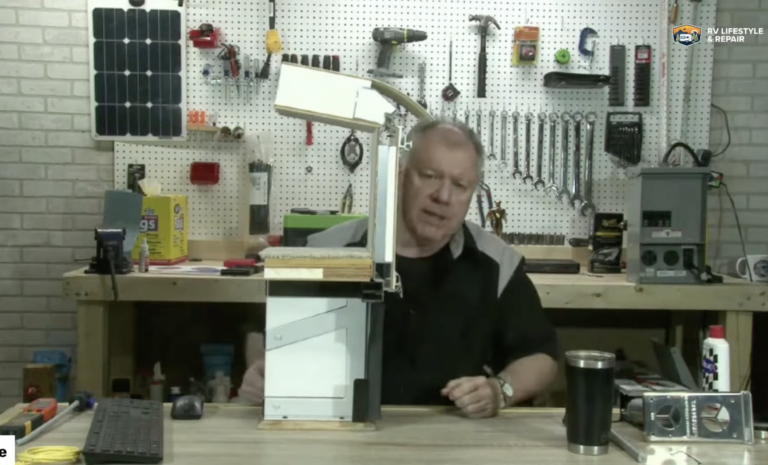

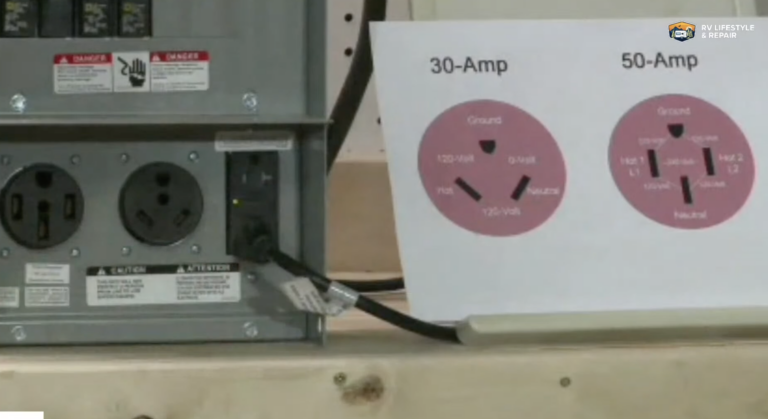

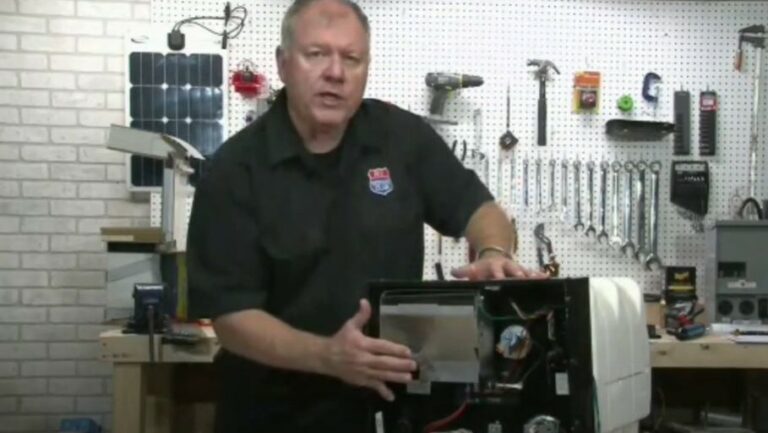
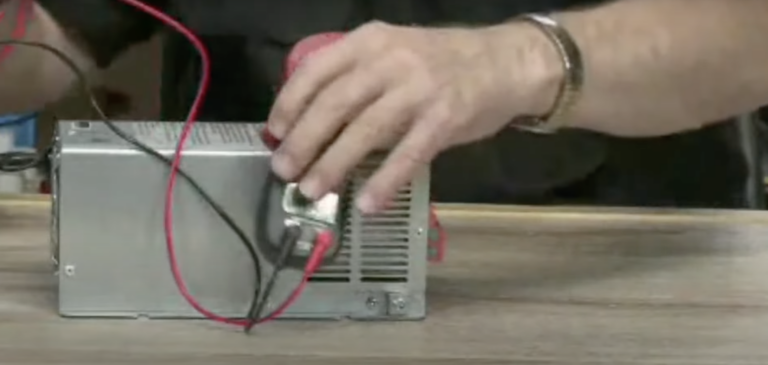
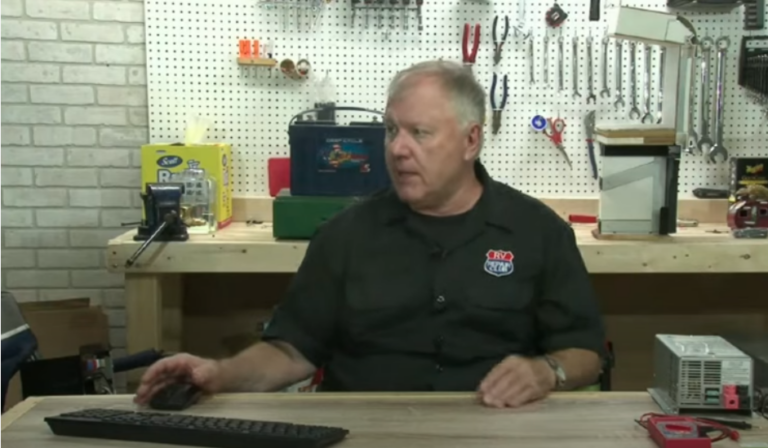
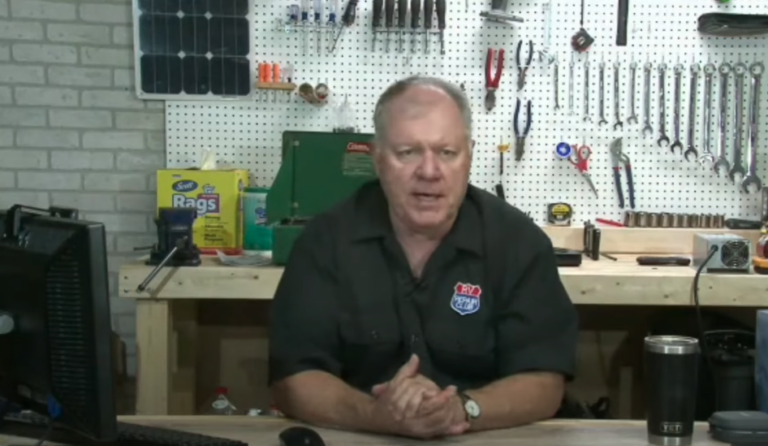
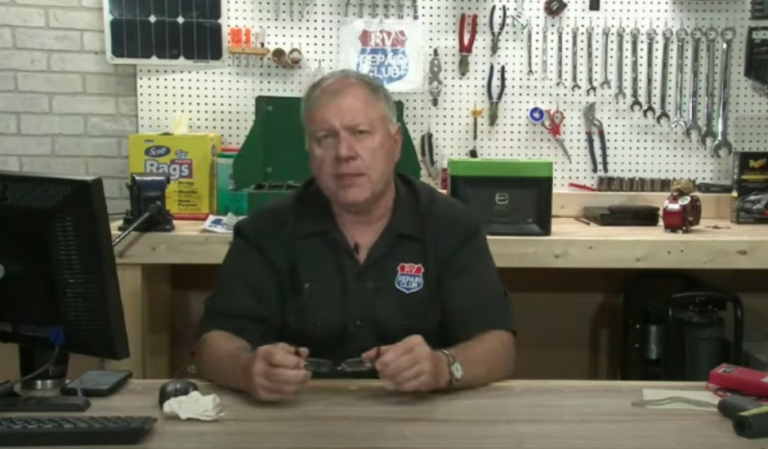
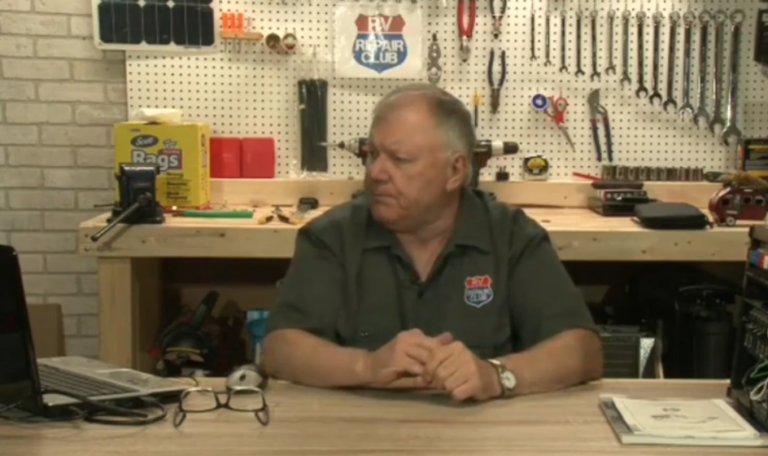
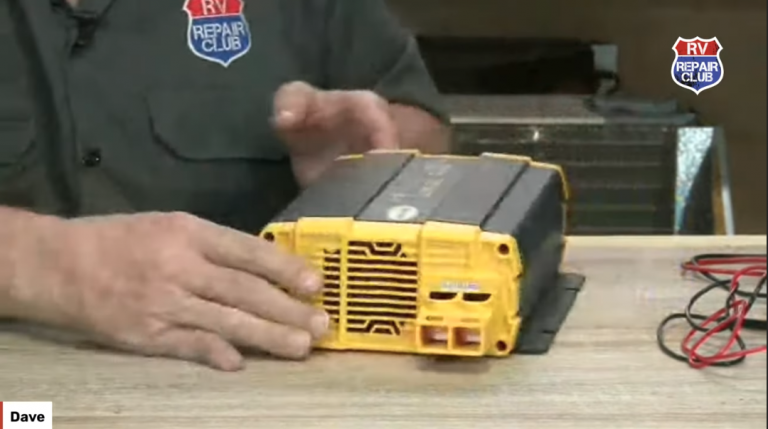
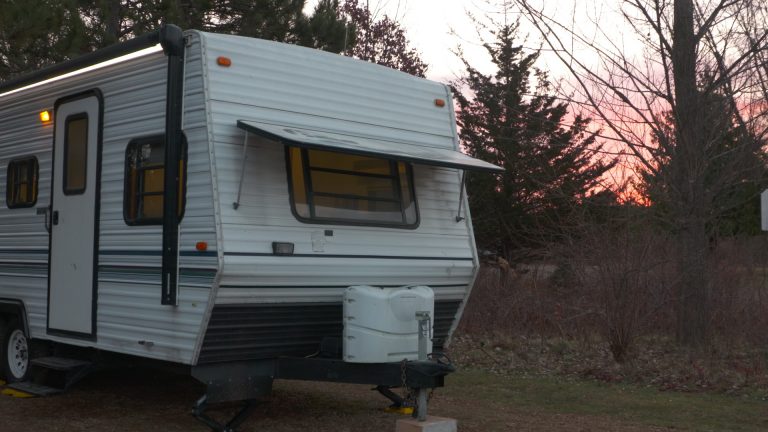
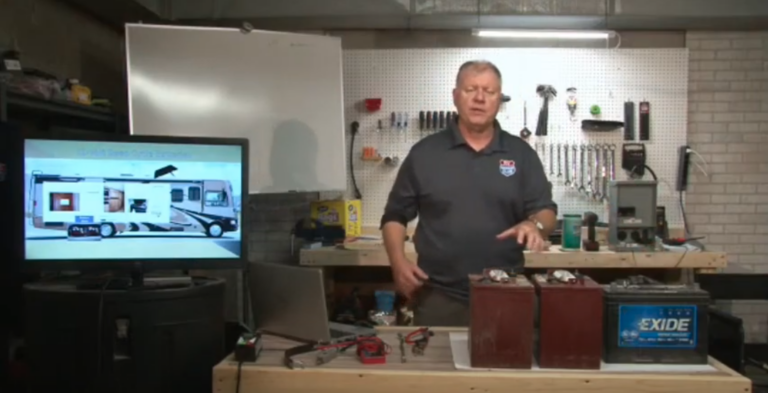
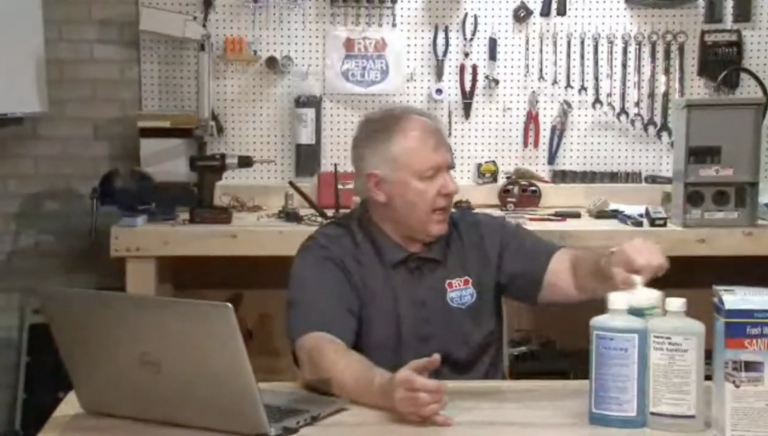
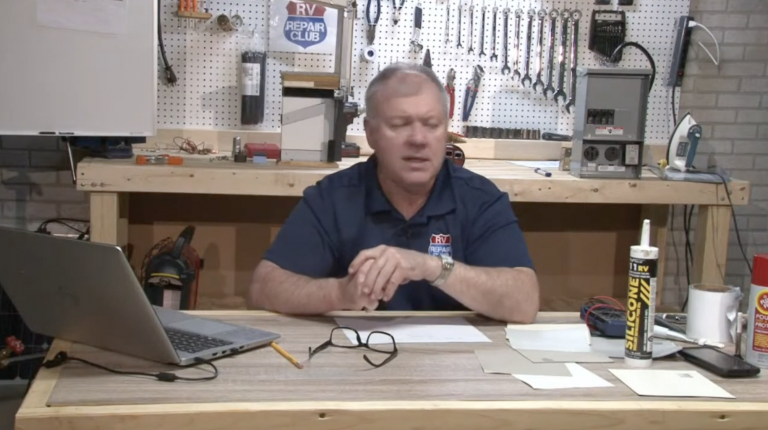



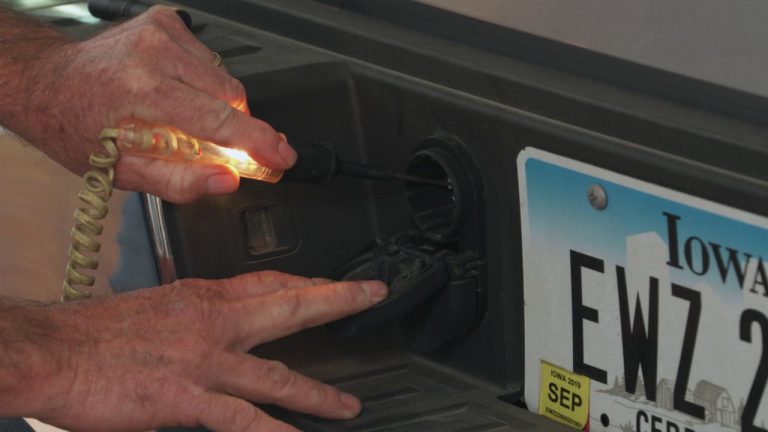




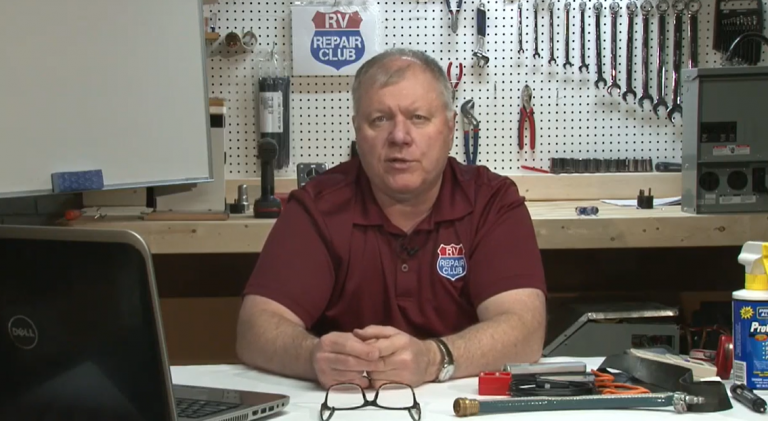
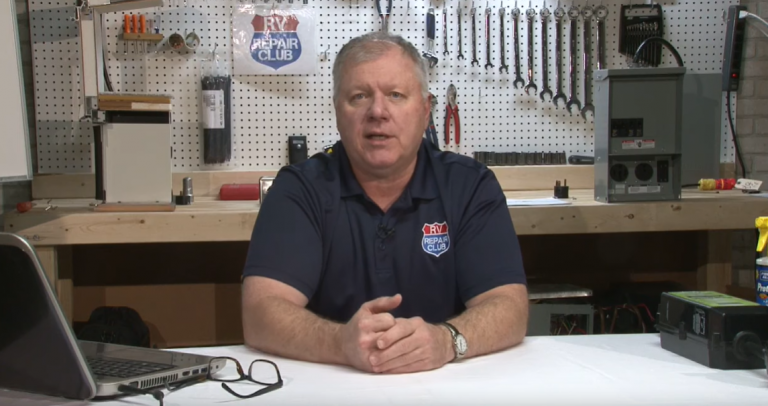

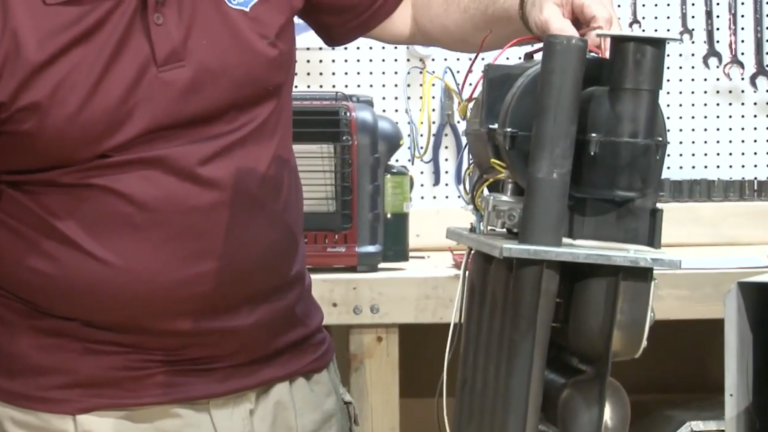
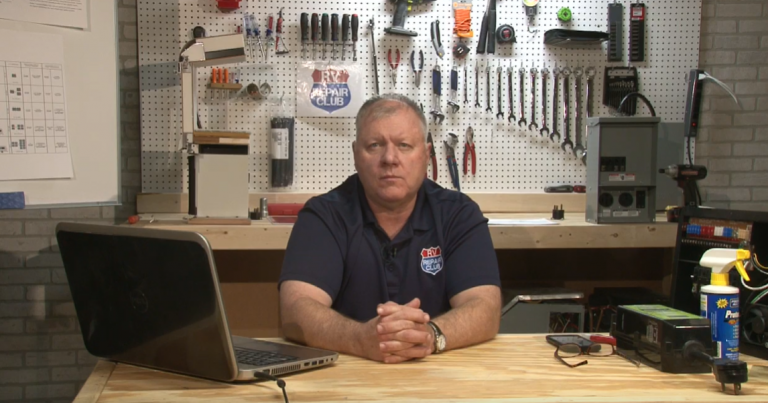

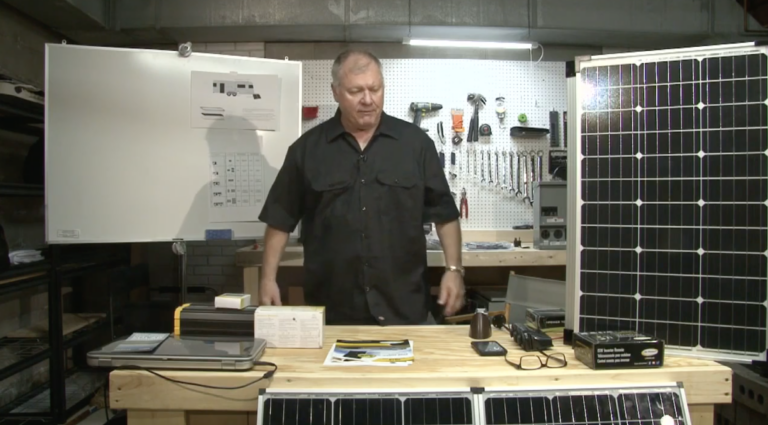
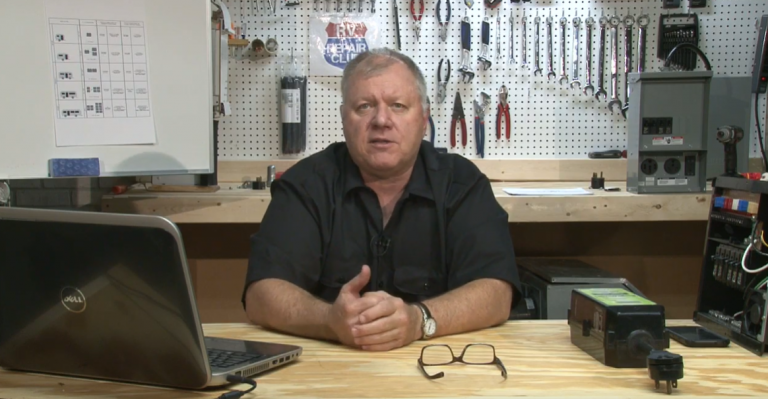
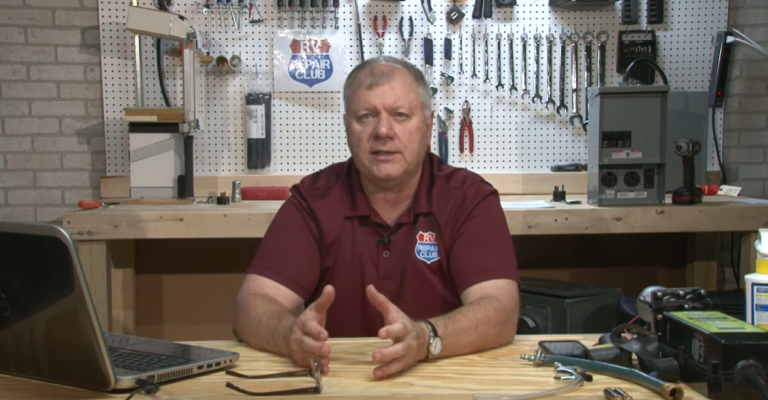


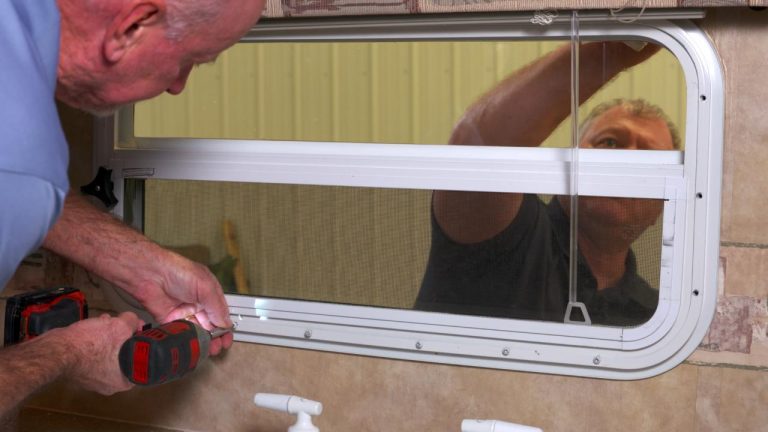
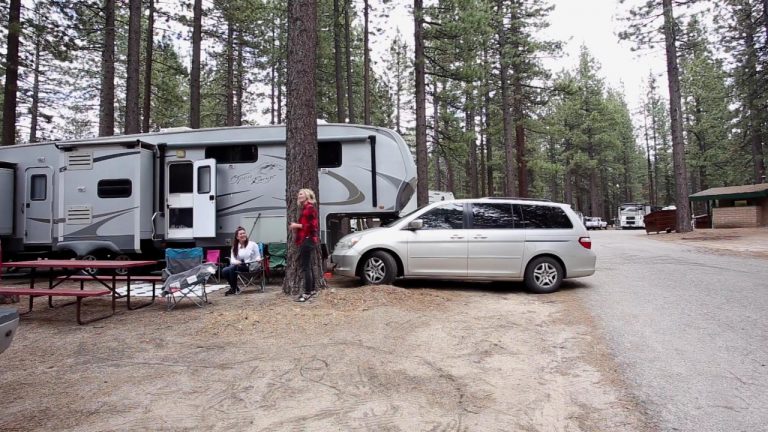

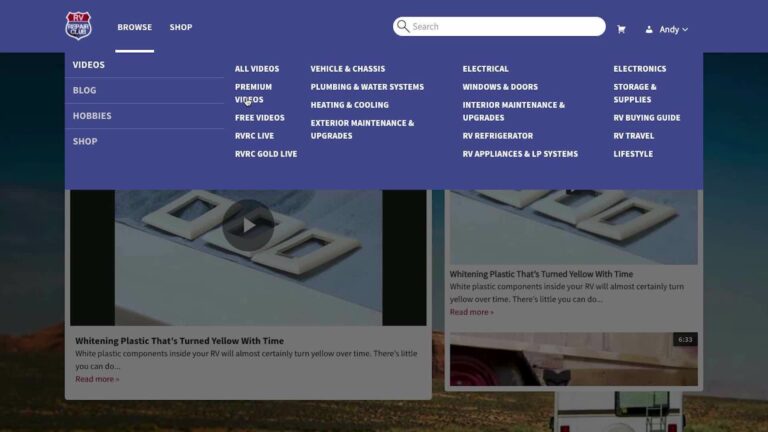
Share tips, start a discussion or ask one of our experts or other students a question.
Already a member? Sign in
No Responses to “Assessing RV Propane Tanks: ASME Tank Rundown”